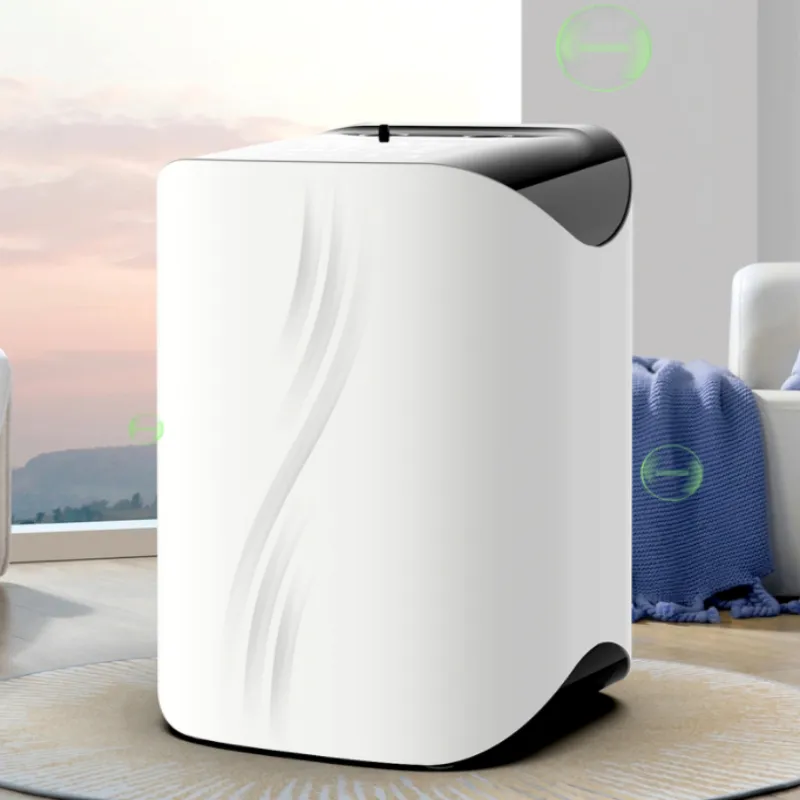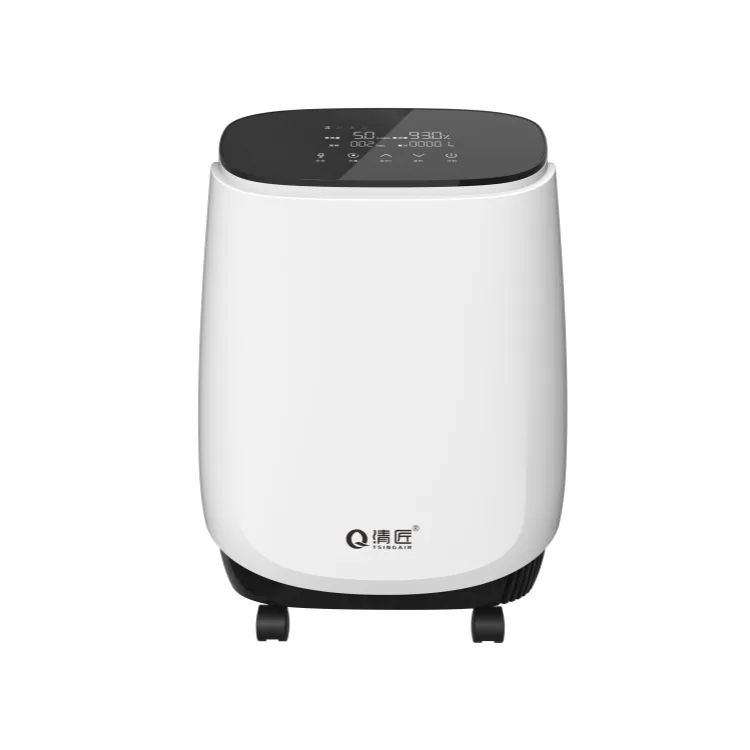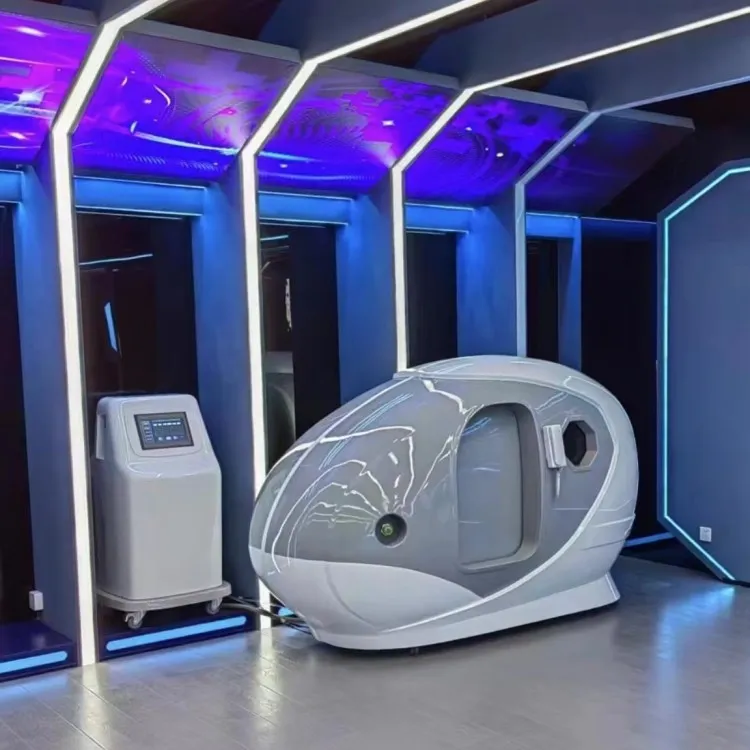
Travel With a Portable Oxygen Concentrator Post Covid Lockdowns
With many states opening back up and lifting Covid restrictions, traveling is a high priority for many people. But, COVID-19 still exists and remains a concern, especially for those with respiratory conditions. That does not mean you shouldn’t travel if you have a respiratory illness, even if you need to carry your portable oxygen concentrator.
You’re still able to travel. Here’s what you need to know.
Follow FAA Guidelines
Before you even consider traveling, make sure the Federal Aviation Administration (FAA) allows your portable oxygen machine on commercial flights. The FAA prohibits personal oxygen units (tanks and canisters) since they contain liquid oxygen or compressed gas which is highly inflammable. However, many portable oxygen machines, such as the Tsingair oxygen QJ-BX-03, and the Tsingair oxygen QJ-MINI-01, are allowed to be operated in flight. Acceptance of these devices used to be considered on a case-by-case basis, but the FAA now offers a list of acceptance criteria. Ensure you follow their guidelines and take care of any requirements in advance, so you’re good to go.
Follow CDC Guidelines
The CDC recommends that you be fully vaccinated before you travel (especially if you are traveling internationally), but that’s not always possible. If you can’t get vaccinated or need to travel before you can get your shots, you can still practice safety measures. CDC also recommends getting tested before and after your travel. Ensure to check your destination’s local travel restrictions.
Wear a Well-Fitted Mask
Your mask needs to fit well and cover your mouth and your nose. Nasal cannulas sometimes make this difficult. Try a mask that ties on your head, not worn behind your ears. Masks with a wire nose piece help you to adjust your mask snugly to your nose. Also, make sure your mask fits nicely on your face, around your cannula.
Get tested for COVID-19 and monitor yourself for symptoms.
The CDC recommends getting tested 1-3 days before your trip if you’re not vaccinated. Assuming your test is negative, closely monitor yourself for symptoms during and after your travels. It’s also recommended you get another viral test 3-5 days post-travel and to quarantine for seven days if you’re unvaccinated, whether you’re showing symptoms or not. Without a post-travel test, the CDC recommends you isolate for ten days.
Cleaning Your Portable Oxygen Concentrator During Travel
If you’re traveling with a portable oxygen concentrator, concerns may arise about your machine becoming contaminated. Keep in mind that COVID-19 is a live virus and needs living cells to reproduce, which won’t happen inside your concentrator. However, the virus can stay active for several days, so if you think your machine is contaminated, you’ll need to disinfect it. Since not all portable oxygen concentrators are the same, you’ll need to follow the manufacturer’s instructions to clean and disinfect your machine correctly.

If the outside of your concentrator gets contaminated, again, follow the manufacturer’s instructions. A general cleaning guideline, also recommended for Tsingair oxygen machines, is to wipe the outside with a mild detergent and a damp cloth. Do not submerge your machine in water. You can also wipe the machine with disinfecting wipes.
Travel Tips
Let these tips make your travels easier:
- Carry a package of disinfectant wipes with you. You can buy these virtually anywhere now. If you don’t want to carry a large pack of them, they sell them in individually wrapped packages that can fit in small purses and wallets. While traveling, use these wipes to disinfect your machine and outside of your cannula. Do this often. Also, use the wipes on your seat, armrests, tray table, etc.
- Bring an extra nasal cannula or two. If you carry disinfecting wipes, you’ll be able to clean your cannula when needed. Another good time to switch to a new cannula is arriving at your destination after traveling through crowded airports and sitting on a plane. It’s also a good time to disinfect your machine (again).
- Carry along an extra, well-fitted mask., You should have a spare, clean, well-fitted mask to use. Make sure you keep your clean masks separated from the dirty ones. And again, make sure your mask fits nicely on your face, around your nasal cannula.
- Make sure your concentrator is charged up and ready to go. You’ll need to plan ahead on this. Take into consideration your travel time, including layovers and drive time. Always have extra batteries with you.
- Obtain a physician statement, if needed by your airline. Some airlines may require a “doctor’s note” stating that supplemental oxygen is medically necessary for you. Look into this ahead of time to avoid difficulties with the airline.
- Always keep a copy of your prescription for oxygen on you in case of an emergency.
- Store your concentrator correctly during travel. You want to keep your portable oxygen machine away from others, but also where you can hear the alarms. An excellent place to put it during a flight is under the seat in front of you. Also, make sure that nothing is sitting on it or near the filters. If the filters are blocked, you could have a system shutdown.
If you use a portable oxygen concentrator and are ready to get out and travel Post-COVID-19 lockdowns, you can, by taking precautions to care for your concentrator and protect yourself from COVID-19.






1 Comment. Leave new
Wow, wonderful blog structure! How long have you been running
a blog for? you made blogging look easy. The whole look of your website is magnificent, as neatly
as the content! You can see similar here sklep internetowy